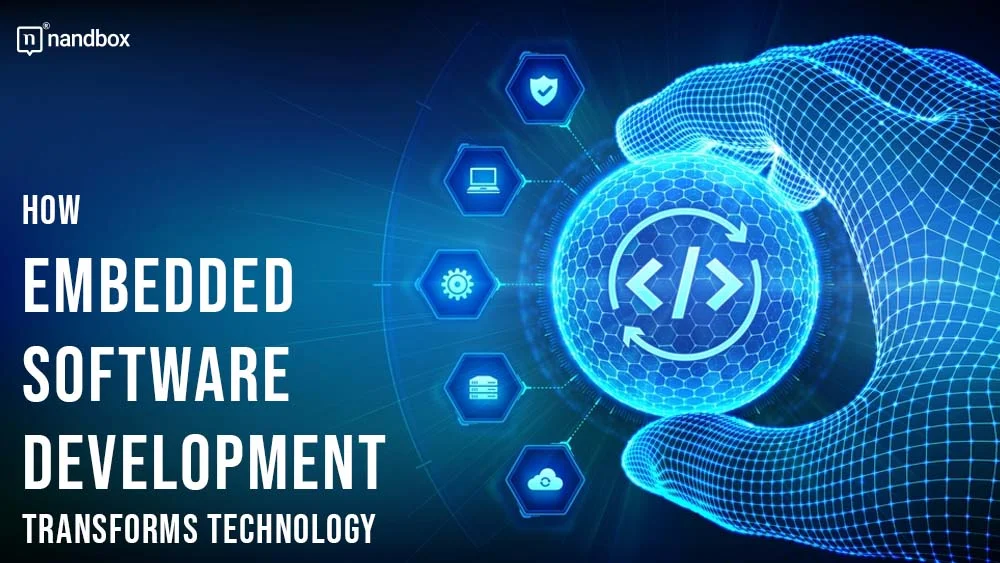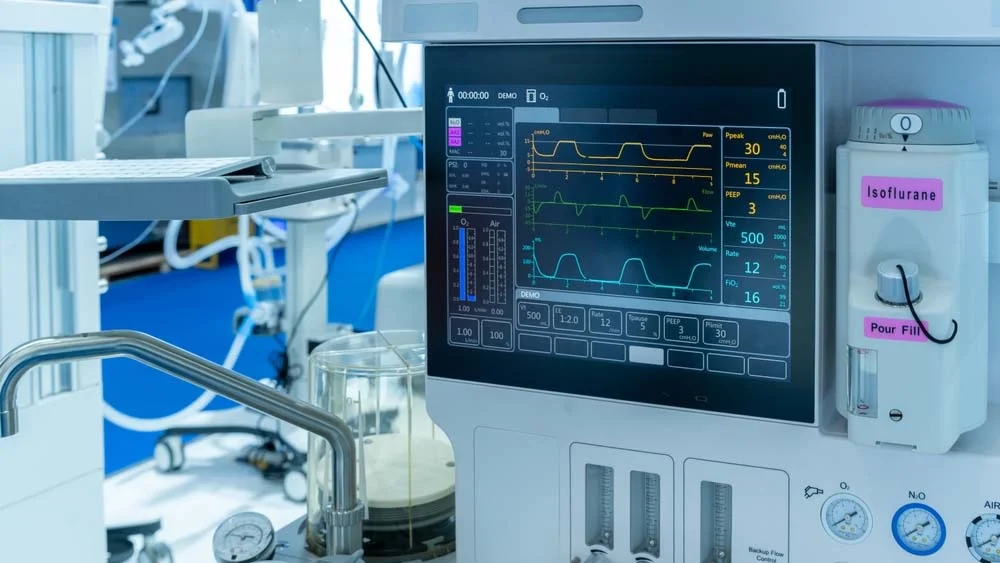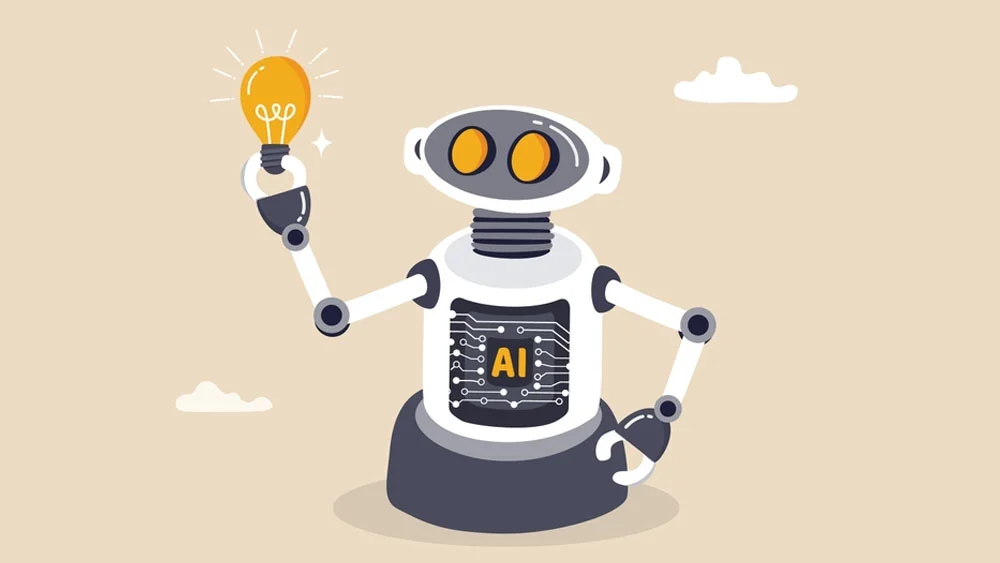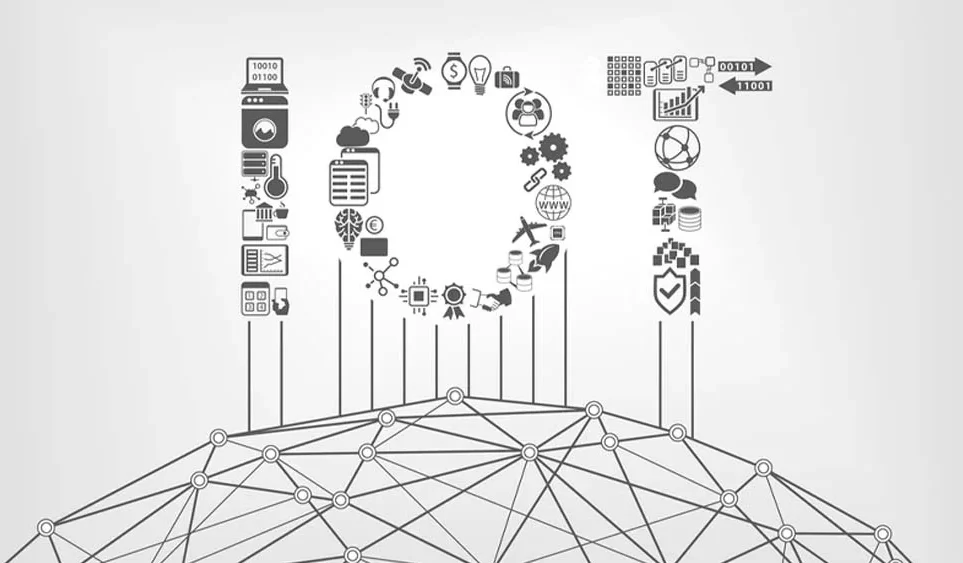Modern technology relies heavily on embedded software development in various industries. They’re in things like home appliances, medical devices, cars, and industrial machines. This software system is a part of a larger system but handles certain tasks. Complex and new embedded software affects technology and society in many ways. So let’s see how exactly they do that.
Understanding Embedded Software Systems
Firmware
Firmware is the low-level software programmed into the embedded system and is often stored in read-only memory (ROM). In simple words, firmware is a set of instructions that tells a device how to operate. It’s like the brain of the device that controls its basic functions. For example, it makes sure your phone can turn on or connect to WI-FI. Updating the firmware can improve the device’s performance without changing the hardware.
Device Drivers
Device drivers are like a communication bridge between the operating system and the hardware. They make sure the hardware can understand the instructions given by the operating system. Because of this flow, all components of the system can perfectly work together. The embedded systems depend a lot on efficient and reliable drivers for optimal performance.
Real-Time Operating Systems (RTOS)
A Real-Time Operating System (RTOS) can handle tasks that require precise timing. Compared to general-purpose operating systems, an RTOS can perform instructions within strict deadlines. This is perfect for apps where timing is crucial like medical devices and automotive systems. RTOSs make sure that high-priority tasks get immediate attention and lower-priority tasks are done later. As an example, RTOSs make sure the airbag opens right at the time of the car crash.
Middleware
Middleware is another type of software system that sits between the operating system and the applications. It helps to manage communication and data exchange, making different parts of a system work together seamlessly. For example, a smart house has various devices like smart thermostats, lights, and sensors. Middleware is the manager that helps these devices communicate with the main control system. It makes sure that information from the sensors reaches the main system correctly. And if you want to change something, like the temperature, it sends the right instructions to the devices.
Embedded Software Development Tools and Platforms
Developing embedded software requires specialized tools and platforms that cater to the unique constraints of embedded systems. These tools include integrated development environments (IDEs), compilers, debuggers, and emulators, all designed to streamline the development process and ensure high-quality software.
IDEs provide a comprehensive environment for writing, compiling, and debugging code, often including features tailored to embedded development, such as memory analysis and real-time debugging. Emulators and simulators allow developers to test their software in a virtual environment, mimicking the behavior of the target hardware without the need for physical prototypes. Using embedded development services can greatly improve this process. They provide expert guidance and efficient tools for specific project needs.
Real-world Examples of Embedded Software
Consumer Electronics
You can find embedded software in everyday devices like smartwatches, smart home devices, and washing machines. The embedded systems in smartwatches include things like sensors, processors, and wireless connectivity. They help track health data, show notifications, and interact with your phone.
In smart home devices, embedded software integrations are used for sensors, actuators, and communication modules. They automate and control different home functions. Smart lighting systems can adjust brightness based on ambient light conditions and user preferences.
At the same time, washing machines have embedded controllers built into them. With their help, the washing machine can regulate washing cycles, manage water levels, and regulate spin speeds. Sensors can detect the amount of laundry, and the system adjusts settings to optimize the wash.
Automotive Systems
It’s hard to imagine modern vehicles without embedded systems. They are used for engine control, infotainment systems, and advanced driver-assistance systems (ADAS). With these functions, you can have a safer and more automatic driving experience.
Software in cars handles braking, steering, and acceleration. So it must follow strict safety and performance rules. ADAS features use data from sensors and cameras in real time. This helps with lane-keeping, adaptive cruise control, and automated parking.
Infotainment systems in vehicles make features like navigation, entertainment, and connectivity possible. With their help, you can connect smartphones and cloud services to your vehicle. Embedded software makes sure these functions are smooth and uninterrupted.
Medical Devices
Embedded software is crucial in the healthcare industry, where accuracy and reliability are vital. It manages equipment like pacemakers, insulin pumps, and diagnostic machines.
For instance, a pacemaker’s software monitors the heartbeat. It then sends signals to maintain a steady rhythm. But this software must be tested first to avoid errors or interference.
MRI scanners and blood analyzers also use embedded software. This software processes and analyzes data. In MRI scanners, it controls magnetic fields and other components to make body images. These tasks need powerful software to handle that much data and complex algorithms.
Industrial Control Systems
In industrial settings, embedded software plays a critical role in industrial machinery, robotics, and process automation. These systems increase efficiency, reduce downtime, and enhance safety, contributing to more productive and safer industrial operations.
Embedded software in industrial control systems must be highly reliable and capable of real-time operation, as any mistake can lead to expensive downtime or safety risks. For instance, programmable logic controllers (PLCs) use embedded software to monitor and control manufacturing processes, ensuring precise timing and coordination of various tasks.
Robotic systems in manufacturing rely on embedded software for a wide range of functions. They include controlling movements, managing sensors, and executing complex tasks with high precision. This software integration makes sure robots can perform repetitive and dangerous tasks, improving productivity and safety in industrial environments.
Identity Verification Platforms
Embedded software is essential for some identity verification platforms. These platforms use progressive algorithms and real-time processing to guarantee secure and accurate identity verification.
For example, systems that use fingerprint scanners or facial recognition cameras often require embedded systems to process biometric data. They do the initial verification tasks and then send the data to a central server.
Challenges and Best Practices in Embedded Software Development Process
Security Considerations
Keeping embedded systems secure is extremely important as they become more connected. Developers need to take strong security measures to protect them against cyber threats. This means using encryption, a secure boot, and doing regular software updates.
It is mostly critical applications that use embedded systems which are usually targets for cyberattacks. Vulnerabilities in security can lead to data breaches and system malfunctions. So doing regular vulnerability assessments, secure coding, and patch management is essential. This way you will protect your embedded systems from potential threats.
Performance Optimization
Because of limited resources, it is a must to optimize performance. This means efficient coding, minimizing memory usage, and maximizing processing power. All of that ensures the system operates smoothly.
Developers should be aware of the memory usage, processing power, and battery life of embedded systems. Techniques like code profiling, algorithm optimization, and hardware acceleration can improve their performance.
Debugging and Testing Techniques
To make sure embedded software works well, it has to go through testing and debugging. Emulators, simulators, and hardware-in-the-loop testing can find problems before it’s too late.
Debugging embedded software is tough. Why? You can’t easily see what’s happening inside the system. But some tools can tell you how your system is working. These include trace analyzers, logic analyzers, and on-chip debugging interfaces. Testing frameworks and integration tools can make testing more efficient and effective.
Additionally, using Jira for bug tracking can improve the debugging process. Jira helps organize and manage bugs efficiently. Development teams can track issues, assign tasks, and track progress systematically. With this tool, you can improve your workflow and overall software quality.
Future of Embedded Software Development
Trends in Embedded Systems
Innovations like edge computing and 5G connectivity are changing the way embedded systems work. Edge computing, for example, involves processing data closer to the source. This reduces latency and bandwidth usage. This trend helps create more powerful and capable embedded systems as they can handle complex tasks on their own.
5G connectivity makes communication faster and more reliable. This creates new possibilities for using these systems in areas like self-driving cars, smart cities, and factory automation.
Impact of AI and Machine Learning
Artificial Intelligence tools make embedded systems much better. By directly adding Artificial Intelligence (AI) and Machine Learning (ML) into hardware, these systems can now do more advanced things. For example, they can predict when maintenance is needed, run by themselves, and analyze data in real-time.
GenAI development has significantly enhanced the capabilities of embedded systems. For example, sensors with embedded AI can notice early signs of equipment failure by analyzing data. This way, maintenance can be done sooner to prevent sudden breakdowns. A smart security camera with embedded AI can analyze videos and identify faces and unusual activities as they happen. With this on-device processing people don’t have to monitor the videos themselves which improves response times to potential security threats.
Internet of Things (IoT) Integration
The Internet of Things, or IoT, is making more and more devices able to connect to each other. These devices all have special software inside them that helps them talk to each other. With IoT, our homes, cities, and factories can be smarter because all the devices can work together. IoT billing software is a crucial addition to the IoT systems, ensuring accurate and efficient billing for various IoT services, from data usage to device subscriptions.
As more devices become connected, embedded systems will need to handle highly complex tasks and manage larger volumes of data. This will lead to more advanced automation, where systems can make real-time decisions and optimize their functions without human intervention.
Advancements in Hardware Technology
Advancements in hardware technology, like more powerful processors and energy-efficient components, make embedded software even more capable. These upgrades make it possible to have more powerful embedded systems that can manage extremely difficult tasks.
Newer hardware like multicore processors and specialized accelerators are making it possible to build the next generation of embedded systems. These advances let embedded electronic devices run more complex applications, like AI and machine learning. As hardware keeps getting better, embedded software will be key to using its full potential.
Conclusion
Embedded software is important in improving technology in many industries. It’s used in things like phones, computers, and even medical tools. As embedded systems improve, they will work better with things like artificial intelligence (AI) and 5G.
In the future, embedded software will be more advanced and used in new ways to make our world more interconnected. This transformation will lead to more efficient operations, reduced manual intervention, and greater integration of technology into daily life.








